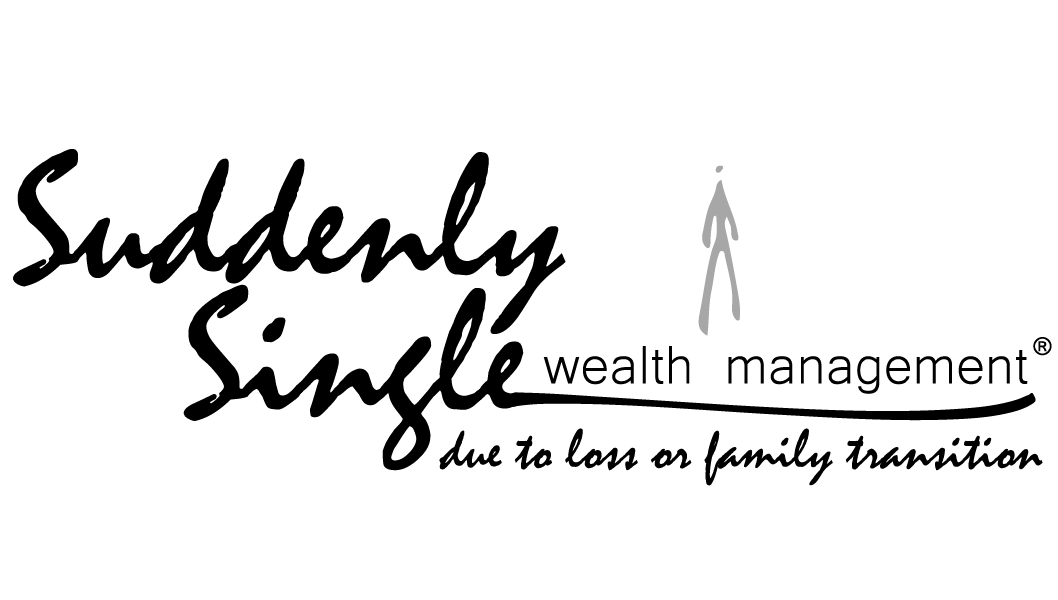Interest rates made big moves higher in western financial markets last month. The benchmark German Bund yield, a staple interest rate for the European Union, spent most of 2016 below 0.5%. It is now closer to 0.7% with momentum to the upside. The benchmark US Treasury yield is now about 17% higher from December’s close and currently trades around 2.8%.
At the time of this writing, global stock market prices held their ground as borrowing costs rose in January. US stocks actually made meaningful gains last month. European stocks, however, were mixed. Stock markets in Europe’s most developed economies ended January mostly flat. Much better stock market performance was found in smaller European economies. A new cycle may be on the cusp and it may favor smaller European economies and stock markets.
Small economies of Europe have stood in troubled waters for quite some time now. As a result, their stock markets became neglected. Perhaps enough deleveraging and purging of toxic assets has come to pass, and smaller European economies stand ready for growth. The global recovery of larger economies may also provide the tailwinds needed for the smaller ones. Consequentially, small and emerging economy markets outperformed in January.
However, western developed economies shouldn’t be discounted just yet. The US, for example, currently has a tight labor market, mostly stable prices, and higher household net worth. In fact, another 200,000 jobs were added to the US economy in January. A very good number indeed. Also, US wages are up 2.9% over the past year. Fundamental factors are hotter inside the US, as well as outside of it. This could be what the global bond market is signaling.
"All else equal, growth based on borrowed money instead of growth based on production produces unnecessary inflation."
A potential new cycle could have investors speaking of a risk long forgotten, an inflationary spike in the US. Since the Great Financial Crisis of 2008, the US government has built a debt bubble. The public federal debt balance started near 65% of annual GDP in 2008. It is now over 100%. Inconsequentially, foreign bond demand was strong enough in the past to sustain the debt run-up. If foreign bond demand were to dry up today and US debt continues to build, higher inflation in the US is possible.
The US Federal Reserve (Fed) explicitly said higher inflation is expected in their comments following their first meeting of the year. Even so, the Fed voted to hold the upper-end of the target interest rate unchanged at 1.5%. Still, three rate increases are expected in 2018, which could bring the upper-end closer to 2.25%.
To manage the mandate and prevent the economy from overheating, the Fed has begun withdrawing liquidity from financial and banking markets. In addition, the Fed could be losing sleep over the US Treasury’s readiness to grow GDP by borrowing more money. For instance, the US Treasury recently announced that it would be increasing the size of its auctions to finance future budget deficits. This announcement came at a time when the US Treasury asked Congress to raise the government’s borrowing limit.
All else equal, growth based on borrowed money instead of growth based on production produces unnecessary inflation. And, once the economic binge on debt goes too far, inflation becomes the self-correcting tool of an overutilized economy. The Fed has esoteric knowledge of the destructive forces that unwanted inflation has on businesses and households, which is why they sound more hawkish today (policy of increasing interest rates).
Today’s global interest rates could only be a temporary move. Then again, financial markets could be preparing for the next leg in the economic cycle. Should it be the latter, investors can expect higher volatility as large institutional funds are forced to rebalance. Smaller investors would also be wise to stick to a sound target asset allocation plan suitable for their needs.

